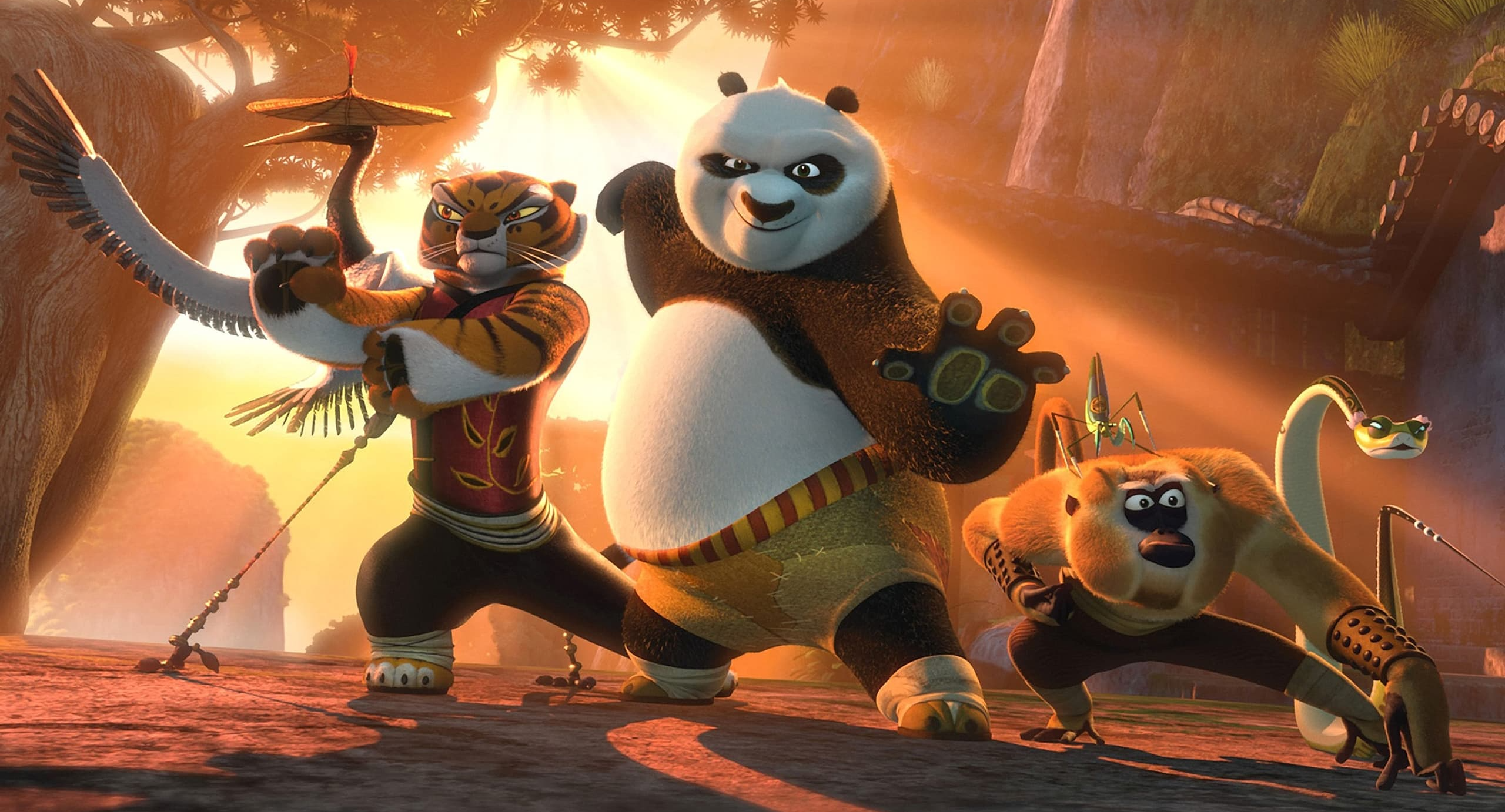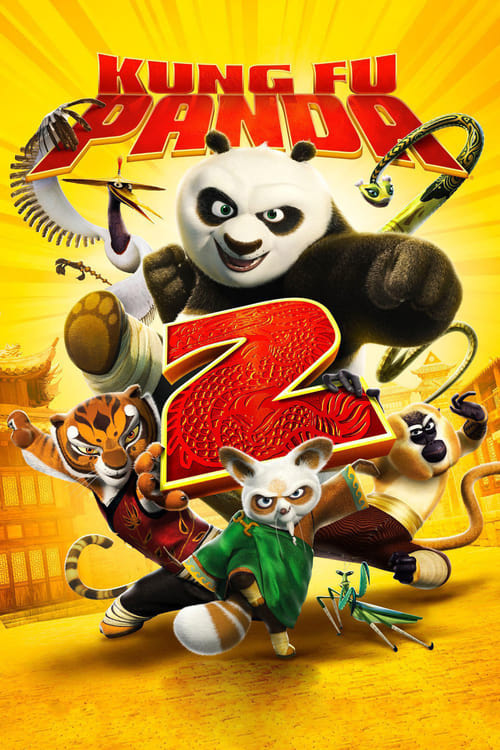Kung Fu Panda 2 – Film Review
Published March 6, 2024

Kung Fu Panda 2, released in 2011, stands out as a compelling sequel to its predecessor, maintaining the momentum and heart of the original while steering the narrative into deeper thematic territory. This animated marvel, directed by Jennifer Yuh Nelson in her directorial debut, solidifies itself not just as a worthwhile sequel but as an essential chapter in DreamWorks Animation’s repertoire, successfully balancing humor, action, and emotional depth.
At its core, Kung Fu Panda 2 delves into the complexities of identity, redemption, and resilience through the eyes of its protagonist, Po (voiced by Jack Black). The film intricately weaves Po’s quest to uncover his past with a present danger that threatens the very essence of kung fu and the safety of China. The narrative introduces a formidable antagonist, Lord Shen (voiced by Gary Oldman), whose path of vengeance and innovation — a powerful cannon that negates kung fu — presents a catastrophic threat. The dichotomy between Po’s personal quest and the external conflict enriches the narrative, creating a layered and engaging storyline.
Visually, the film is nothing short of spectacular. The animators at DreamWorks Animation have outdone themselves, employing a vibrant palette that breathes life into ancient China. The action sequences are choreographed with precision and clarity, borrowing elements from traditional martial arts cinema and integrating them with the animated format. This is particularly evident in the fluidity of the combat scenes and the intricate use of environment in the battles. Furthermore, the inclusion of traditional Chinese shadow puppetry for flashbacks offers not only a stylistic variety but also pays homage to Chinese artistic heritage, enriching the cultural texture of the film.
The voice cast brings a wealth of personality and depth to their characters. Jack Black continues to shine as Po, capturing the essence of an unlikely hero with humor, vulnerability, and charisma. Gary Oldman’s portrayal of Lord Shen is captivating; he imbues the character with a mix of aristocratic malice and psychological complexity that makes him one of the more memorable villains in recent animation history. The ensemble cast, including Angelina Jolie, Dustin Hoffman, and Jackie Chan (among others), reprise their roles with great efficacy, lending the film a continuity in character development that strengthens the overarching narrative.
One of the most commendable aspects of Kung Fu Panda 2 is its emotional depth. The film tackles themes of adoption, self-discovery, and acceptance with a sensitivity and maturity that transcends its status as a mere children’s movie. Po’s journey to come to terms with his past and embrace his identity is rendered with genuine emotion and serves as the emotional backbone of the film. This exploration of identity and family is a testament to the filmmakers’ commitment to character-driven storytelling.
Moreover, Kung Fu Panda 2 enriches its narrative with a subtle commentary on technology versus tradition. Lord Shen’s weapon, a symbol of technological advancement, poses a threat to the ancient art of kung fu, setting the stage for a broader discourse on the preservation of cultural heritage in the face of progress. This thematic concern adds a layer of relevance to the film, making it resonate with contemporary discussions about technology and cultural conservation.
However, no film is without its imperfections. Kung Fu Panda 2 occasionally succumbs to the pitfall of sequelitis, at times relying on familiar tropes and character dynamics established in the first film without sufficient innovation. Additionally, some may argue that the side characters, particularly the Furious Five, are underdeveloped, serving more as extensions of Po’s journey than as fully realized characters in their own right. While these issues are minor in the grand scope of the film’s achievements, they do prevent it from reaching the pinnacle of perfection.
Kung Fu Panda 2 is a remarkable achievement in animation. It expands upon the foundation laid by its predecessor, delivering a sequel that is both entertaining and emotionally resonant. The film’s narrative depth, visual splendor, and character development stand as testaments to the talent and vision of its creators. It strikes an exemplary balance between action-packed sequences and heartfelt moments, catering to audiences of all ages. Despite its few shortcomings, Kung Fu Panda 2 solidifies its place as not only a worthy successor but as a film that surpasses its origins, establishing itself as a standout title in animated cinema. It reminds us of the enduring power of storytelling and the boundless possibilities of the animated form.
